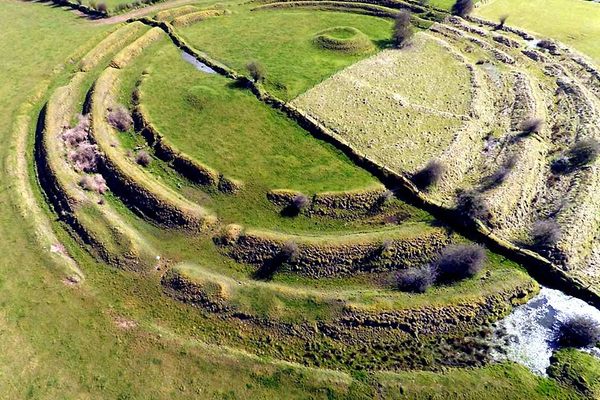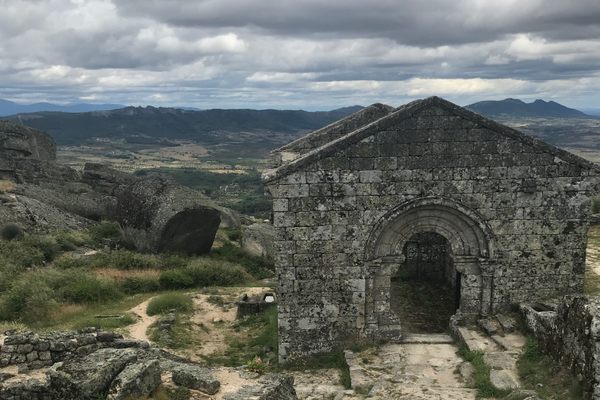AO Edited
Plaza Primero de Mayo
You have to know where to look in this rather ordinary-looking square to find hints of its past as a dissidents' cemetery.
Upon a quick first glance, Plaza Primero de Mayo looks like any other small square in Buenos Aires. There are games for children, a traditional carrousel, a bocce court, a small soccer area, some chess tables, trees, bushes, and benches. If you go there on a Saturday, you may find the kiosks of a wet market selling things like fish, vegetables, and cheese. But only a careful inspection of the old fence that separates the square from some 80s residential projects on its western border and a faded memorial plaque are there to offer a hint of the plaza’s past.
In 1833, when this area was still the town’s borders, this plot of land was designated as a dissident cemetery, a place for the non-Catholic to bury their dead. It used to feature a small building for religious services of diverse creeds, and housed tombs mostly of Protestant and Jewish families. It functioned as such until 1891.
In 1892, tombs began to be moved towards other new burial sites, like the German and the English sectors of the Cementerio de la Chacarita, which is still in use to this day. The chapel was demolished in 1915, and by 1923 the relocation process was considered finished.
It was decided that the place would become a public square, and in 1925 it was finally inaugurated as Plaza Primero de Mayo, (May 1st Square), dedicated to celebrating workers. An award-winning sculpture of a nude worker with a large hammer was put in place, which still greets you if you enter through Pasco.
But there’s a catch. Since the tombs were relocated on demand, only the dead who still had living relatives to speak for them were actually moved to new cemeteries. As for the rest? Well, most of them are still there. Some tombstones were removed, while others were just scattered and covered with dirt.
As late as 2006, when the square was last thoroughly remodeled, workers digging to build a new children’s games area found a marble tombstone for a 10-month-old German girl who died in 1886. Work was halted, and an archaeological digging of the site rendered the bones of children and adults, along with several other artifacts such as coffin handles and glass shards.
It was said there would be a larger dig in the square and some sort of museum would be opened, but that never happened: instead, the games for children were eventually installed as planned, and most of the grounds remained untouched, with only a plaque to remind very curious and attentive minds that when you cross Plaza Primero de Mayo, you may be walking on somebody else’s grave.























Follow us on Twitter to get the latest on the world's hidden wonders.
Like us on Facebook to get the latest on the world's hidden wonders.
Follow us on Twitter Like us on Facebook